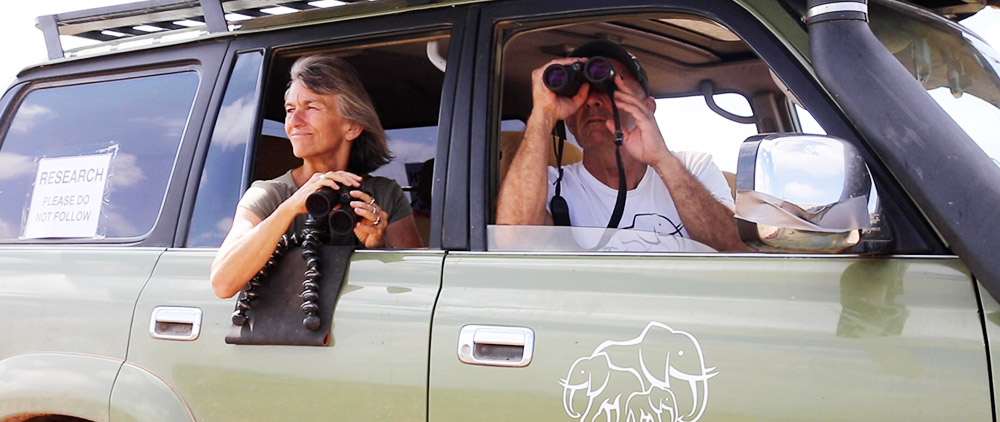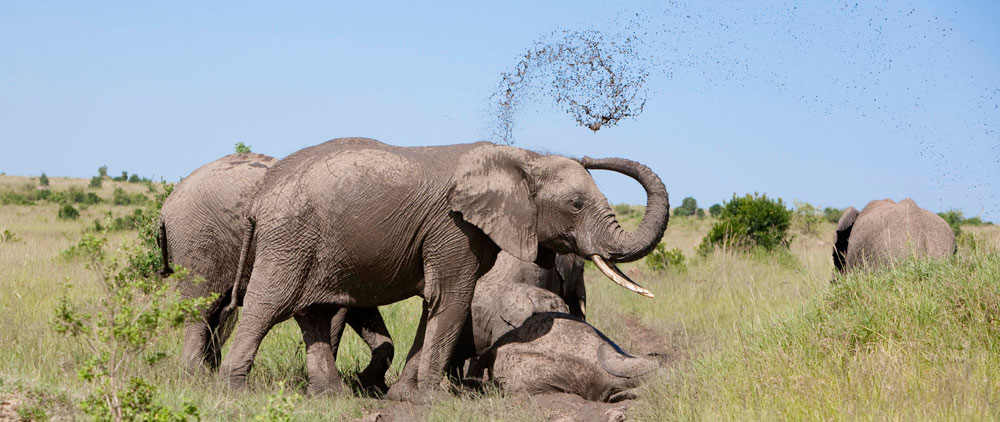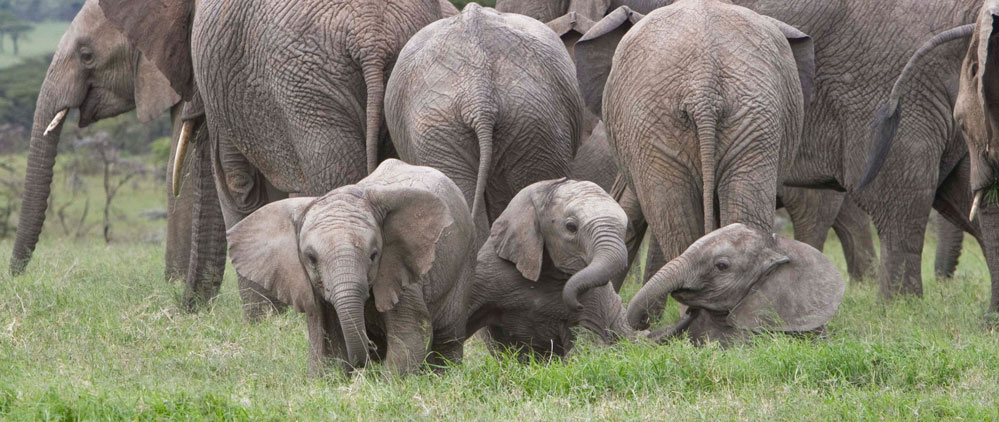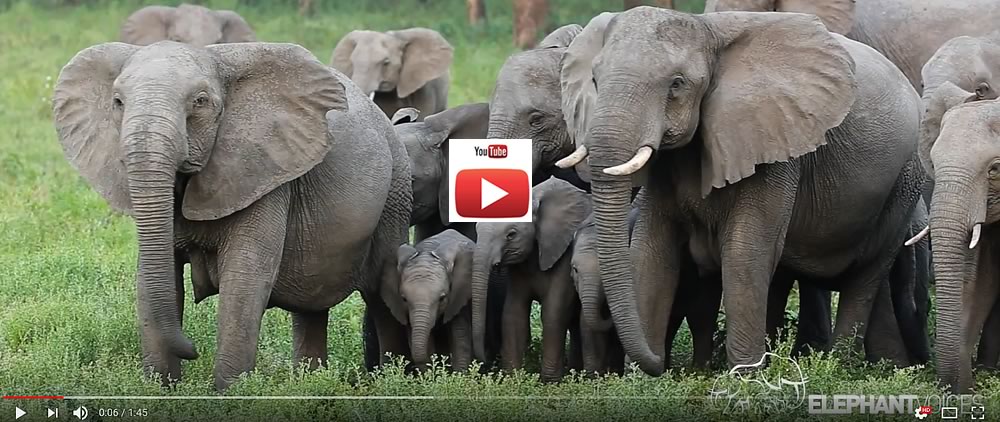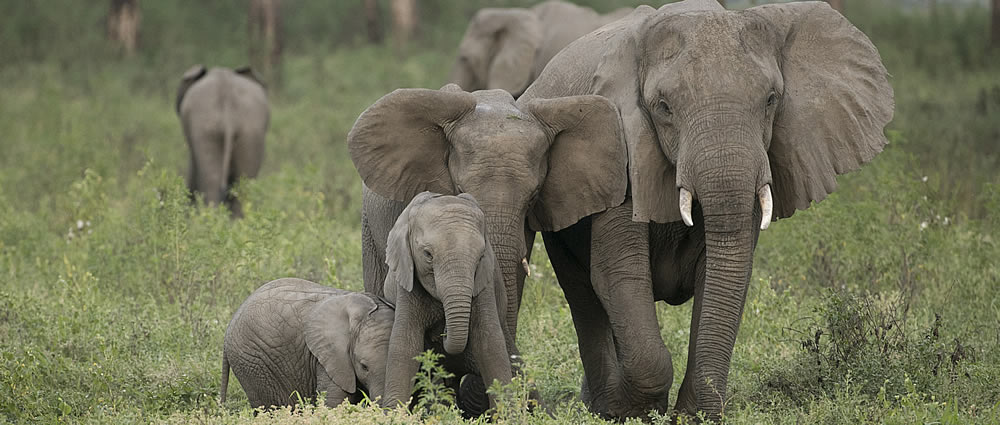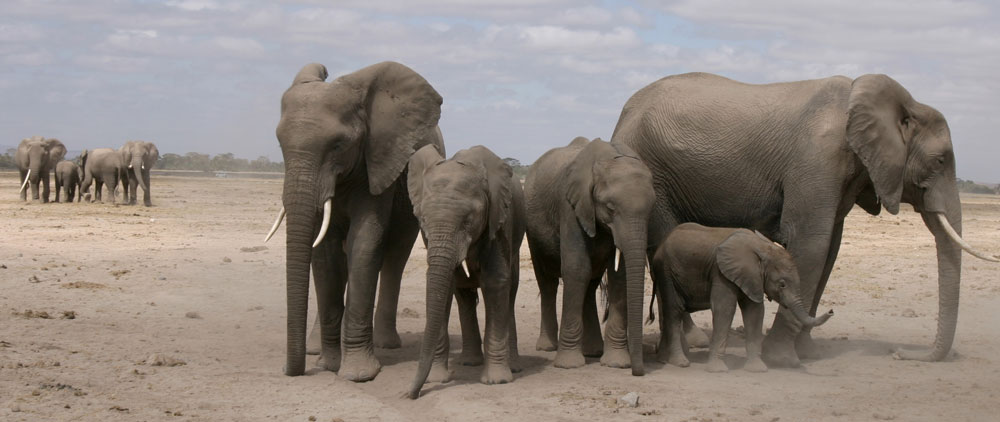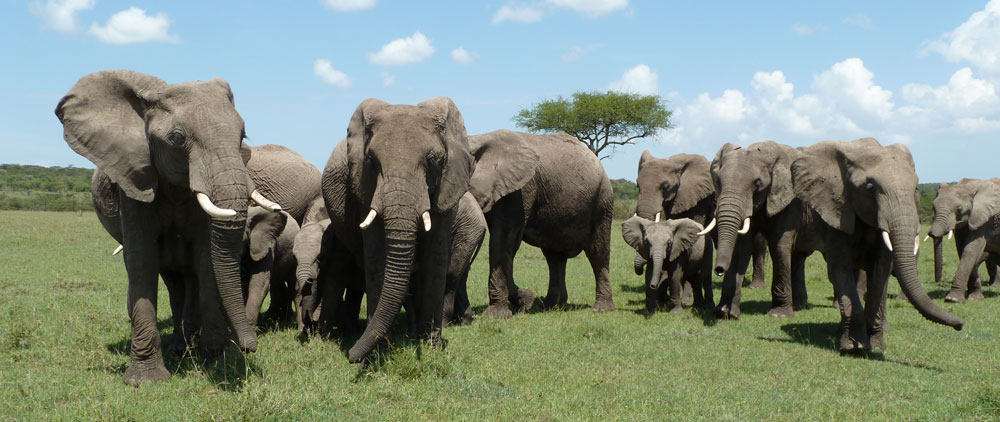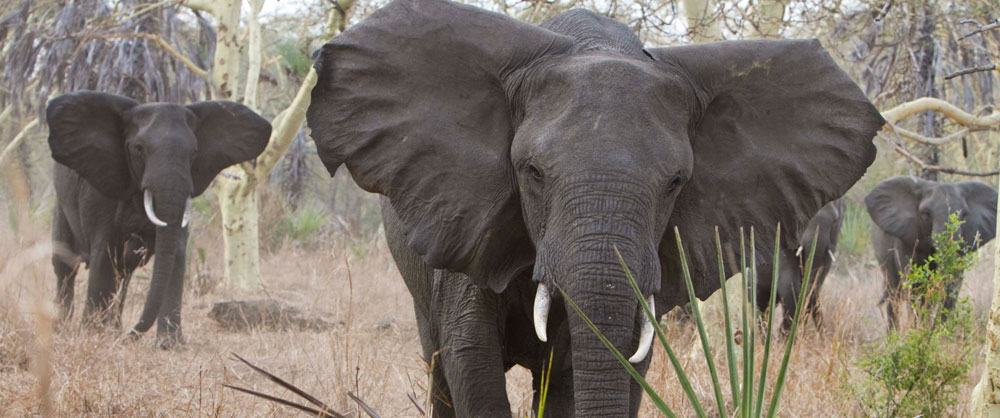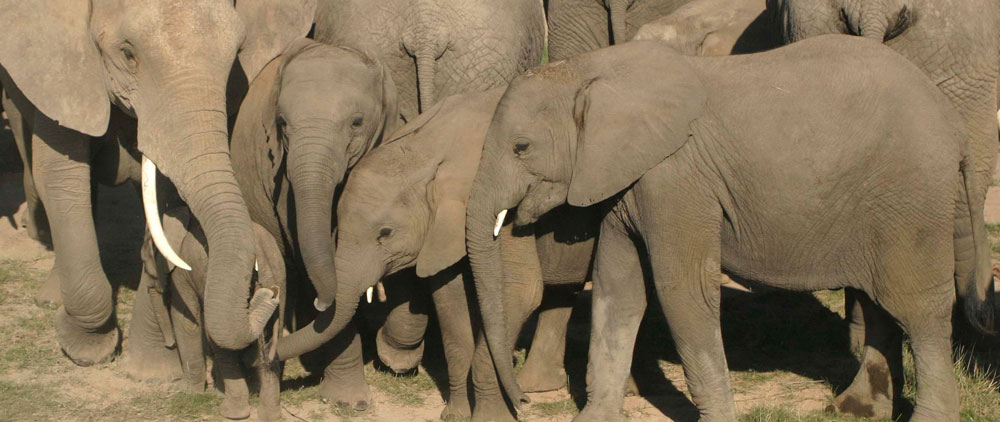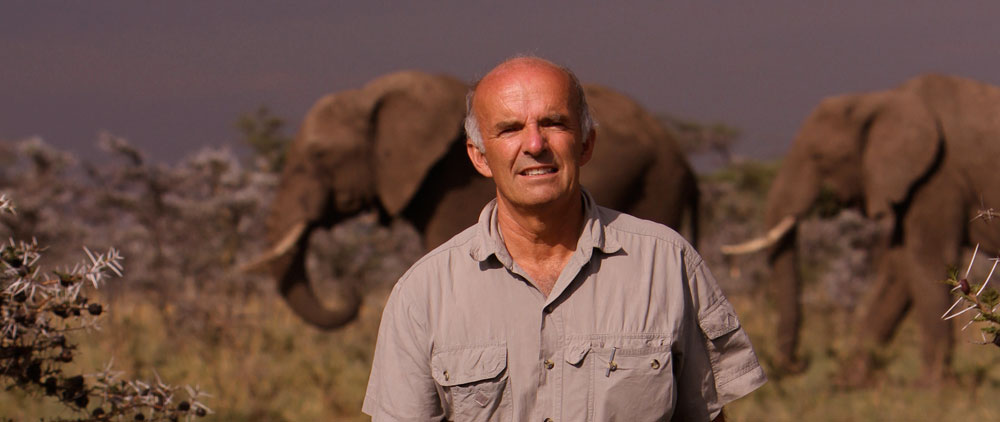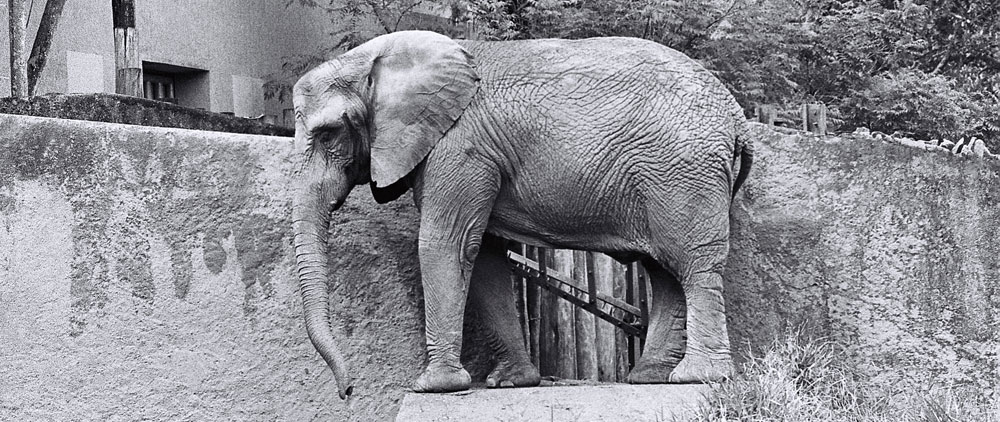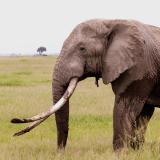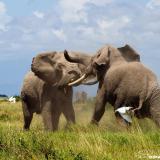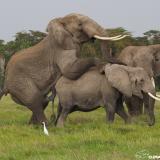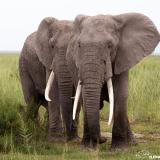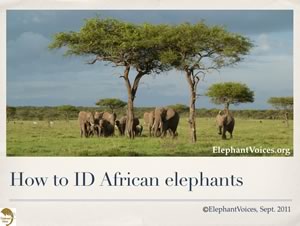 Identifying elephants isn't difficult, but it requires using powers of observation and it takes a bit of practice. There are many different characteristics that you can use to identify an elephant: sex; body size; shape; length and configuration of the tusks; size and shape of the ears; ear venation patterns; notches, tears, holes in the ears. ElephantVoices has developed eight educational modules explaining how to read and understand these characteristics, also used in the Mara Elephants Who's Who database.
Identifying elephants isn't difficult, but it requires using powers of observation and it takes a bit of practice. There are many different characteristics that you can use to identify an elephant: sex; body size; shape; length and configuration of the tusks; size and shape of the ears; ear venation patterns; notches, tears, holes in the ears. ElephantVoices has developed eight educational modules explaining how to read and understand these characteristics, also used in the Mara Elephants Who's Who database.
You should start by determining whether the elephant you are trying to identify is male or female, and will get help from How to sex African Elephants.
Tusks come in all shapes and sizes and there is a strong hereditary component to their appearance. Tusk configuration, shape and length can be helpful in identifying elephants. Remember, though, that tusks grow, change shape, break and re-grow surprisingly rapidly. If an elephant has recently broken a tusk it is likely not to be coded into the database. If you select shorter tusk and are not able to find the elephant you are looking for, try broken tusk as that may have been coded in.
If you don't find the elephant you are looking for, try searching without selecting a tusk feature. To search for elephants using tusk shape it is useful to know what these terms mean. To learn more about different tusk characteristics click on the screenshot above right, or on one of the links to photos below. You will then start a slideshow - the caption shown is equal to respective text on this page. You can go through slide by slide - or let it run through automatically. Learn more about elephants - enjoy!
What to look for when using ear notches and tears to identify African elephants
- Most African elephants have two tusks. Photo C1
- An elephant with only one tusk is known as a "one-tusker". Select from "one - right" or "one - left". Photo C2
- Elephants without tusks are "tuskless". Tusklessness is very rare in males, but more common in females. Tusklessness is inherited and the daughters of tuskless females are often tuskless. In the database select "no tusks". Photo C3
- There is one elephant in the Mara population with three tusks. Photo C4
- Elephants may break tusks in fights with other elephants or perhaps while digging for minerals or prying the bark off of a tree. You may select "broken left" or... Photo C5
- "broken right" Photo C6
- "two broken" Photo C7
- Grooves are sometimes worn on the tips of an elephant's tusk as a result of frequent use of that tusk to break branches. These change and break off. Photo C8
- Tusks come in different lengths. Tusk may be "equal length", Photo C9
- "shorter right", Photo C10
- "shorter left", Photo C11
- "long tusks", Photo C12
- "short tusks". Photo C13
- Tusks may be symmetrical and asymmetrical. Tusks that are horizontally even are "symmetrical". Photo C14
- Tusks that are horizontally uneven may be "higher left", or Photo C15
- "higher right", Photo C16
- Tusks may be "upcurved", Photo C17, or
- "straight". Photo C18
- Tusks that diverge from each other are "splayed". Photo C19
- Tusks that curve toward each other are "convergent". Photo C20
- Tusks that converge and cross each other are "crossed". Photo C21
- Tusks may also grow in unusual ways and may be "skewed". Photo C22
- Or they may be plain weird or "wonky". Photo C23



